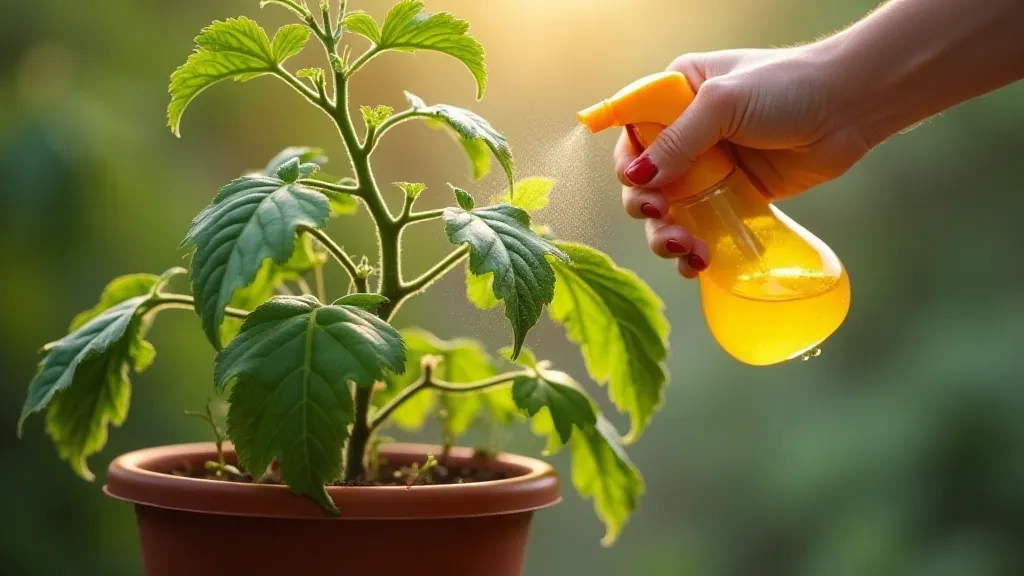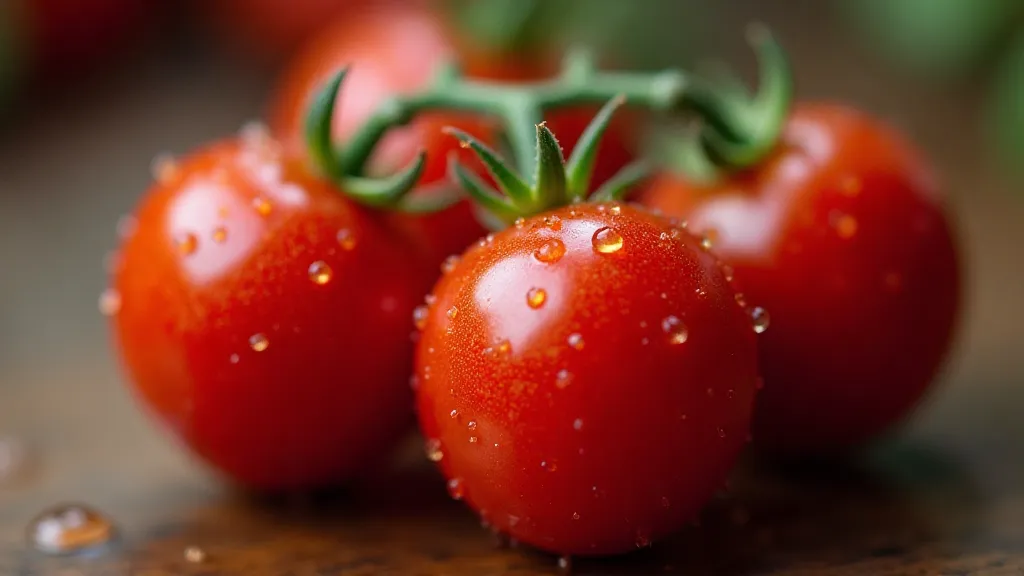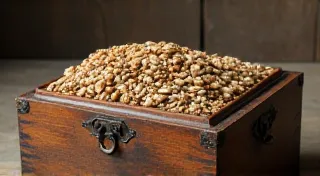Rustling Leaves & Crimson Tears: Managing Pests Naturally in Container Tomato Havens
There's a particular kind of poetry in the rustle of tomato leaves, a quiet symphony played by the wind. It’s the same quiet beauty I find in an antique accordion, its bellows sighing with the memory of hands long gone, melodies echoing through generations. Accordions, like heirloom tomatoes, are testaments to human ingenuity and a connection to our past. They represent a meticulous craftsmanship, a dedication to detail that’s increasingly rare in our modern world. Both require tending, patience, and a deep respect for their delicate balance. And both, sadly, are vulnerable.
Just as an accordion's reeds can become tarnished or its leather cracked, the lush bounty of heirloom tomatoes in container gardens can be threatened by pests. It’s disheartening to see those perfectly formed, crimson tears of deliciousness – the Brandywine, the Cherokee Purple, the Black Krim – being nibbled on, their potential diminished. The thought of losing that connection to the past, that taste of history, is a loss far greater than just a missed harvest.

The Vulnerability of Container-Grown Tomatoes
Container gardening, while offering incredible flexibility, does present unique challenges. Our heirloom tomato varieties, cherished for their flavor and heritage, are often more susceptible to pests than their modern counterparts. The concentrated environment of a container, while providing warmth and readily available nutrients, also creates an ideal breeding ground for aphids, whiteflies, tomato hornworms, and other unwelcome guests. The lack of a natural ecosystem – the birds, predatory insects, and beneficial fungi found in a sprawling garden – leaves our container tomatoes more exposed.
I remember my grandfather, a master craftsman who restored antique accordions, always emphasizing the importance of a stable environment. “Moisture is your enemy,” he’s say, “and so is neglect.” It’s a lesson that applies just as profoundly to container gardening. Consistent watering, good air circulation, and proactive pest management are crucial for success. Ignoring the subtle signs of trouble – the yellowing leaves, the chewed foliage – is akin to letting the reeds of an accordion dry out and crack.
A Gentle Approach: Organic Pest Control for Heirloom Treasures
The good news is, we don’t need to resort to harsh chemicals to protect our precious heirloom tomatoes. Just as my grandfather meticulously cleaned and oiled each part of an accordion, restoring it to its former glory, we can employ gentle, organic methods to manage pests in our container gardens. The philosophy is simple: encourage the good guys and discourage the bad.
Beneficial Insects: Tiny Guardians
Introducing beneficial insects is a cornerstone of organic pest control. Ladybugs, lacewings, and parasitic wasps are natural predators that feast on aphids, whiteflies, and other common tomato pests. You can purchase these insects online or at local nurseries, or, even better, create a habitat in your garden that attracts them naturally. Planting flowering herbs like dill, fennel, and cilantro provides a pollen and nectar source that these helpful creatures will find irresistible. Think of it as creating a tiny ecosystem, a bustling community that works together to protect your tomatoes.
Neem Oil: A Natural Repellent
Neem oil is derived from the neem tree and acts as a powerful yet gentle insecticide and fungicide. It disrupts the insect's life cycle, preventing them from feeding and reproducing. Dilute neem oil according to the product instructions and apply it to the foliage of your tomato plants, paying particular attention to the undersides of the leaves where pests often hide. It’s a natural remedy that’s been used for centuries, a testament to its effectiveness and safety.

Companion Planting: A Symbiotic Dance
Companion planting is another valuable technique. Certain plants naturally repel pests or attract beneficial insects. Marigolds, for example, are known to deter nematodes and other soil pests. Basil repels aphids and whiteflies. Planting these companion plants alongside your tomatoes creates a natural barrier against infestation.
Homemade Solutions: Recipes from the Past
My grandmother, a remarkable woman who could coax life from the most barren soil, swore by homemade remedies. A simple solution of water and dish soap (a few drops per quart of water) can be sprayed on aphids and whiteflies. Diatomaceous earth, a naturally occurring powder made from fossilized algae, is another effective weapon against crawling pests. These aren’t just remedies; they’re echoes of generations of gardeners who understood the rhythms of nature and the importance of working *with* the environment, not against it.
The Reward: A Symphony of Flavor and Heritage
Managing pests naturally in container tomato havens requires patience, observation, and a willingness to learn. It's a more involved process than simply dousing plants with chemicals, but the rewards are immeasurable. The taste of a sun-ripened Brandywine tomato, grown with your own hands and protected by natural methods, is a taste of history, a connection to the past, and a celebration of the enduring power of nature. It’s a flavor that echoes the melancholic beauty of an old accordion, a testament to the beauty of craftsmanship and the enduring power of tradition.
Think of it as restoring an old accordion. You don't just replace the broken parts; you clean, oil, and patiently bring it back to life, revealing its inherent beauty and allowing it to sing again. The same care and attention can transform your container tomato haven into a flourishing paradise, a source of deliciousness and a reminder of the simple joys of life.

And just like the delicate notes of an accordion resonate with the soul, the taste of an organically grown heirloom tomato will nourish your body and spirit, reminding you of the profound connection we share with the earth and the enduring legacy of those who came before us.





